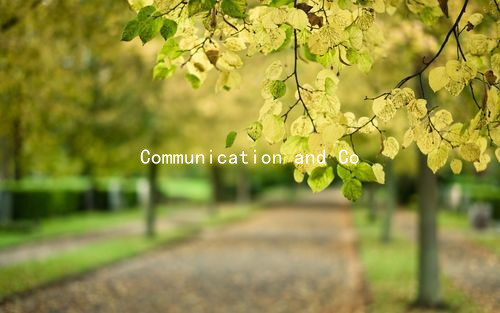Body Language in Relationships: Understanding Your Partners Signals
Body language plays a crucial role in relationships, serving as a silent but powerful form of communication. Understanding your partners signals can enhance intimacy and foster a deeper connection. This article explores key aspects of body language in relationships, helping you decode your partners feelings and needs.
The Importance of Non-Verbal Communication
In any relationship, words are just one part of the conversation. Research suggests that as much as 93% of communication is non-verbal, comprising body language, tone of voice, and facial expressions. Being attuned to these cues can help you better understand your partners emotions and intentions, allowing for more meaningful interactions.
Reading Facial Expressions
Facial expressions are a primary component of body language. A smile can indicate happiness or affection, while a frown often signifies displeasure or confusion. Pay attention to your partners reactions in various situations. Are they smiling when you share a joke, or do they seem distant when discussing sensitive topics? Recognizing these facial cues can provide insights into their feelings and comfort levels.
Posture and Proximity
How your partner holds themselves can reveal a lot about their emotional state. Open and relaxed posture, such as uncrossed arms or leaning slightly toward you, typically signals comfort and engagement. On the other hand, crossed arms or leaning away may indicate defensiveness or disinterest. Similarly, proximity matters—if your partner enjoys being close to you, it suggests a desire for emotional connection. However, maintaining some personal space is also healthy, so the key is finding balance.
Eye Contact

Eye contact is an essential aspect of body language that can convey love, trust, and sincerity. When your partner maintains good eye contact, it often means they are engaged and invested in the conversation. Conversely, a lack of eye contact may suggest anxiety, a desire to avoid a topic, or even dishonesty. Be mindful of how each of you uses eye contact; it can enhance understanding and create a sense of intimacy.
Gestures and Touch
Gestures, such as nodding or mirroring your partners movements, can signal agreement and connection. Touch is particularly significant in romantic relationships—holding hands, hugging, or a gentle touch on the arm can convey affection and support. Always be aware of your partner’s comfort level with physical touch, as everyone has different boundaries. Respecting those limits is vital for emotional safety and trust.
Interpreting Mixed Signals
Sometimes, your partners body language may communicate conflicting messages. For instance, they may verbally express enjoyment while exhibiting closed-off body language, like crossed arms. In such cases, its essential to engage in open dialogue. Rather than assuming the worst, ask your partner how they truly feel and encourage them to be honest about any discomfort they might be experiencing.
Conclusion
Understanding body language can significantly enhance interpersonal communication in relationships. By being observant and receptive to your partners non-verbal signals, you can build a stronger emotional connection and create a more fulfilling partnership. Remember, every individual is unique, so take the time to understand the nuances of your partners body language as you navigate the beautiful complexities of love and connection.





